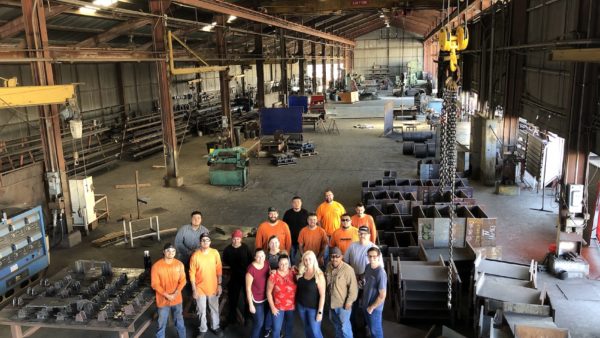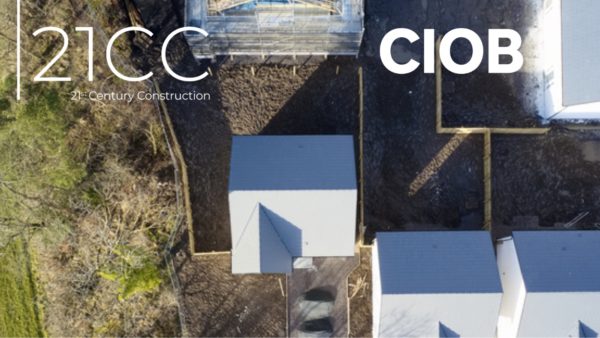The latest report from the UN’s Intergovernmental Panel on Climate Change (IPCC) warns that changes in the Earth’s climate are widespread, rapid and intensifying. They are leading to events that are unprecedented in thousands of years, some of which, such as sea level rises, are effectively irreversible.
The report was the first instalment of the IPCC Sixth Assessment Report, Climate Change 2021: The Physical Science Basis, produced by Working Group I, which analyses the physical evidence for changes in the climate systems, as measured by temperature rises in the atmosphere and the oceans, the increases in extreme weather events, changes in rainfall patterns and other indicators.
The implications for the construction industry are also widespread, both in terms of what the industry does and how it does it. Its involvement in climate change is more complex than most others, since it produces a large amount of carbon by building structures, and those structures then produce a large amount of carbon in operation.
The same is true of other sectors, such as the oil and gas or the automotive industries. But whereas there is little that can be done to mitigate the impact of hydrocarbons, short of extracting less of them, and the solution to decarbonising cars and trucks is simply to electrify them, the construction industry has to deal with a wide range of issues covering design, engineering and material science.
Another factor is the sheer scale of emissions from buildings.
Construction in the spotlight
According to a 2019 World Green Building Council report, construction is responsible for 39% of all carbon emissions in the world, with 11% of that coming from embodied carbon and 28% from the energy used to heat, cool and light buildings.
And figures from the IPCC give a sense of how this responsibility has grown over the past 50 years. According to its data, both types of emissions from residential and commercial buildings rose from 3.8 billion tonnes of carbon a year in 1970 to 9.2 billion tonnes in 2010.

Climate change has made cement use construction’s number one problem (Dreamstime)
Demand for buildings is related to population growth, and as the world’s population has doubled since 1970, increasing from 3.7 billion to 7.8 billion today, and is expected to reach 10.9 billion by 2100, the industry has become, and is likely to remain, central to efforts to mitigate climate change.
Cement: problem number one
The carbon debt of buildings naturally depends on how the energy used to run them is generated, and to an extent construction will rely on the growth of renewables to improve its performance, although regulatory pressure on planning and energy-efficient design is certain to increase.
However, the main issue for construction is cement. According to Imperial College London, the global production of Portland cement amounts to some 3.5 billion tonnes a year, and each tonne emits up to 622kg of carbon dioxide. This means that the cement industry contributes 7% of the world’s anthropogenic carbon, or something like 60% of the carbon for which construction is directly responsible.
Imperial recommends a combination of carbon capture and storage (CCS) and the use of municipal solid waste to heat the raw materials, which could cut emissions by 20%.
A report from Working Group III, which covers climate change mitigation, to the Fifth Assessment Report, also considers the question of greening concrete. It notes that half of the carbon emitted is due to the “calcination reaction” that turns the raw material into cement, and cannot be avoided. Nor can the 10% that comes from grinding and transportation.
This leaves the 40% that comes from burning fuel to heat limestone, clay and sand to the required temperature of 1,450°C. It notes that waste has been used to fuel kilns for the past 20 years in Europe, Japan, the US and Canada, with the Netherlands and Switzerland already using 83% and 48% waste as cement fuel.
As with Imperial, it notes that kilns can be fitted with CCS equipment. At present, commercial-scale CCS in the cement industry is still underdeveloped – although HeidelbergCement has announced plans to build the world’s first carbon neutral plant in Sweden (see further reading).
A number of technological improvements have been made to the materials used to make cement, however the Climate Change 2021 report makes clear that the only hope of holding global warning to the 2°C threshold is an immediate reduction in carbon production, which implies that cruder strategies are required.
In practice, this means designing buildings and infrastructure, so that they require less concrete to make, reusing cement from demolished structures, and maintaining the concrete to extend its lifespan.
The amount of cement required can be decreased by specifying concrete only where necessary, for example by using curved fabric moulds or using higher-strength concrete, or making cement with more additives, such as blast furnace slag or fly ash from power plants.
Top image: The IPCC’s latest report has described anthropogenic climate change as “code red” for life on Earth (Dreamstime)
Further reading:










